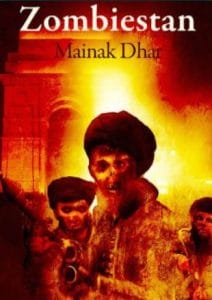There is a tsunami of information available in the world. As librarians, our key role is finding and matching the right information with the right reader or inquirer. This is becoming increasingly important and an added asset to the education system today. Teachers are using differentiated instructions to help students learn, communicate, create through collaboration and critical thinking. We as librarians are partnering with teachers to help students become successful. Therefore, our role as curators of information, supporters of information – seekers. (Teachers & Students) This compels us to learn about new content that will serve the needs of our clients.
Librarians are curators, we curate lists of titles for teachers, students, and parents. We are constantly reading and learning about new books, eBooks, eZines, articles and videos to help teachers deliver their lessons effectively and help students learn and enjoy the gift of reading literature.
Presently, librarians curate list of titles embedded with youtube videos and teaching materials to help students. Recently, librarians are including 360-degree videos. According to Wikipedia, “360-degree videos also known as immersive videos or spherical videos, are video recordings where a view in every direction is recorded at the same time, shot using an omnidirectional camera or a collection of cameras. During playback on normal flat display, the viewer has control of the viewing direction like a panorama. It can also be played on displays or projectors”.
Here are some examples for you to check out Ancient Egypt Temple, National Geographic 360 degree Videos, virtual 360 degrees tours from Nasa, Explore India
Add these to your list when you curate resources for your teachers or students or simply evoke a discussion with your students about Augmented Reality and Virtual Reality, show them one of the above resources and ask them how they could use these tools in education, how could they use them in the world, what are the benefits and drawbacks of this kind of resource? How are these videos made? Could you make one? These will make your class interesting, and engaging, nudging students to think and wonder.
Other resources for you:
5-Minute Film Festival: Teaching With 360-Degree Videos: Check out these immersive 360-degree videos you can use in your classroom—no special equipment needed.
Other 360 Degree Channels on Youtube
A blog post on the benefits of 360 virtual reality videos in education

















